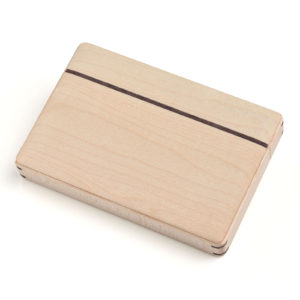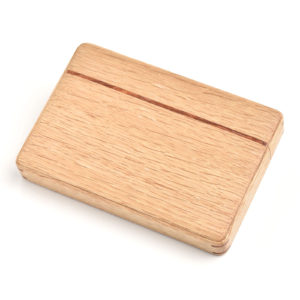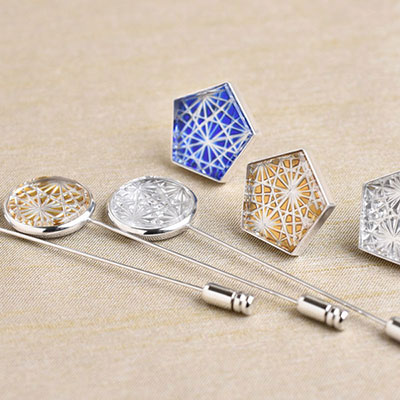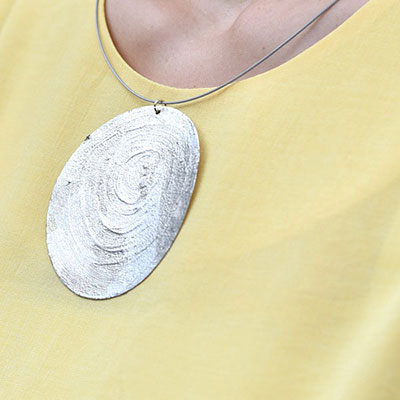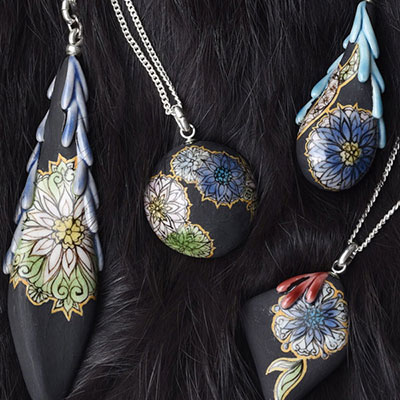Story
About Sashimono
Sashimono is a woodwork technique, whereby wood is jointed without the use of nails. The technique originated over 1000 years ago. Elegantly and delicately crafted sashimono items (such as chests of drawer or display shelves) were popular with the imperial family and nobles in the former capitals, Kyoto. In tokyo in the Edo period (1603 onwoards), its popularity spread amongst merchants and the common people. From long ago, the natural grain of the wood has worthed seeing for Japanese people, so sashimono gained popularity in Japan.
Note: A technique for making wooden frameworks using protrudent joints was also usded in olden times for making wooden ships. Seawater made nail and metal rust, so this gave rise a construction technique which used only wood. This technique has much in common with sashimono.







